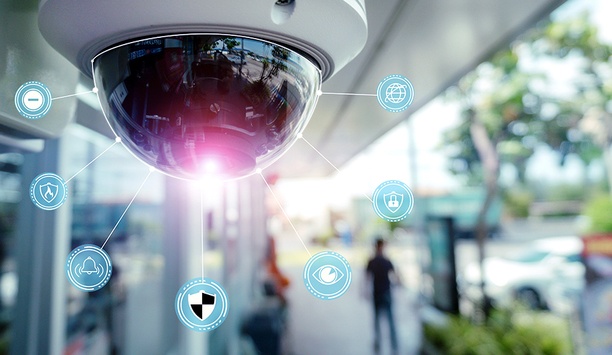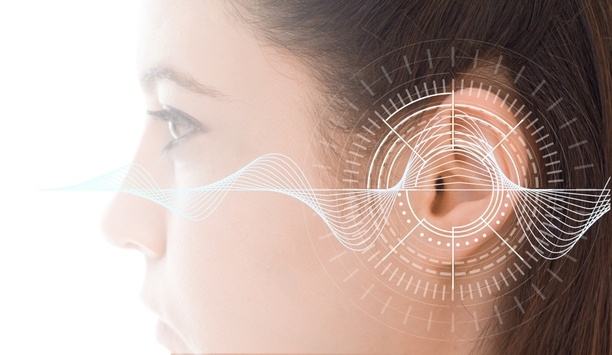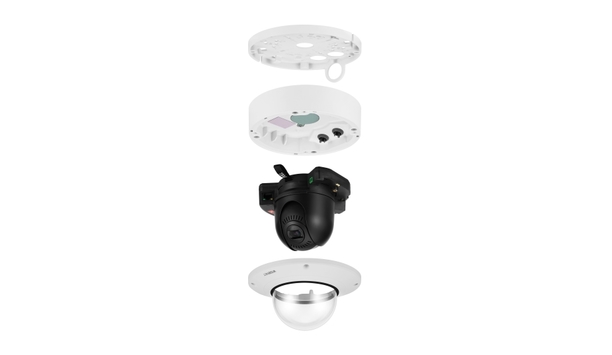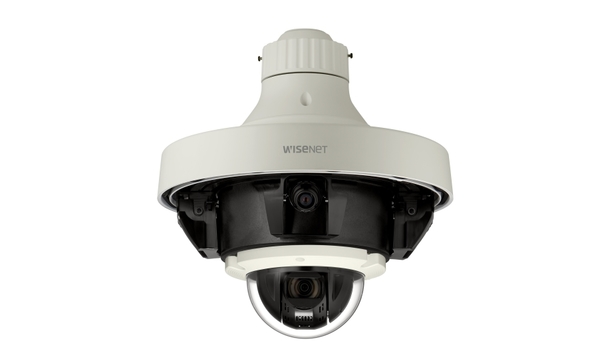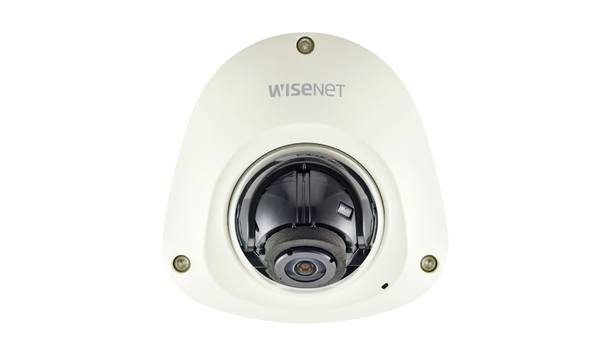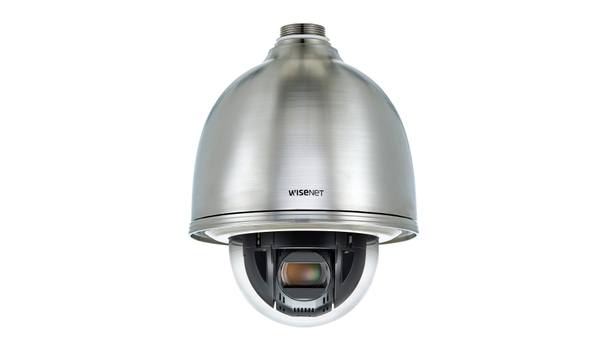Paul Kong

Paul Kong
Technical Director, Hanwha Vision AmericaPaul Kong is the technical director for Hanwha Techwin America and former software specialist for the Hanwha Techwin headquarters in South Korea. He has been in the security industry for over 13 years working from many different vantage points ranging from technician to product development and integration manager.
Round table contributions
The new year 2019 is brimming with possibilities for the physical security industry, but will those possibilities prove to be good news or bad news for our market? Inevitably, it will be a combination...
In today’s global economy, goods are manufactured all over the world and shipped to customers thousands of miles away. Where goods are manufactured thus becomes a mere detail. However, in the ca...
By definition, an edge device is an entry point to a network. In the physical security industry, edge devices are the cameras, sensors, access controllers, readers and other equipment that provide inf...
Articles by Paul Kong
Audio is often overlooked in the security and video surveillance industry. There are some intercom installations where audio plays a key role, but it’s not typically thought about when it comes...
Cameras capable of recording video at 60 frames per second (fps) are becoming widely available in the security industry. It’s important to understand what 60-fps brings to the table for the secu...
News mentions
iscHanwha Techwin America, global supplier of IP and analog video surveillance solutions, announced that the new Wisenet X series Plus camera line will be shipping at ISC West 2019. Focusing on ease o...
The security marketplace is talking about a lot of different subjects. Our website’s Expert Panel Roundtable discussions in 2018 reflected some of the “hot topics” in the industry.&n...
At GSX 2018 in booth #2341, Hanwha Techwin America, a global supplier of IP and analog video surveillance solutions, will unveil the new Wisenet TNV-7010RC corner mount camera. Focused on the unique n...
At GSX 2018 in booth #2341, Hanwha Techwin America, a global supplier of IP and analog video surveillance solutions, will unveil the new Wisenet X Plus camera line. With a focus on modular design, the...
At GSX 2018 in booth #2341, Hanwha Techwin America, a global supplier of IP and analog video surveillance solutions, will unveil two new cameras in its P series line. The Wisenet PNM-9000VQ (4-head) m...
In the physical security space, video analytics have historically over-promised and under-delivered, often leaving end users sceptical about their capabilities. However, increased integration with sec...
Arteco, a global provider of event-driven intelligent video management solutions, announced that it has expanded its long-standing partnership with Hanwha Techwin to enable comprehensive management of...
Hanwha Techwin America, a global supplier of IP and analog video surveillance solutions, will debut a new line of mobile cameras at ISC West 2018 in booth #14079. The new cameras are part of the Wisen...
At ISC West 2018, in booth #14079, Hanwha Techwin America, a global supplier of IP and analog video surveillance solutions, is scheduled to announce the release of four new Wisenet stainless steel cam...
At ISC West 2018, in booth #14079, Hanwha Techwin America, supplier of IP and analog video surveillance solutions, will announce two new Wisenet multi-sensor cameras. The Wisenet PNM-7000VD (2-head)...


